In the heart of our daily routines, a symphony lies dormant, waiting to be awakened. The clatter of pans, the rhythmic hum of a subway car, the muffled chatter of an office—these are not mere background noises but raw materials for a new kind of musical exploration. Across the globe, artists and sound enthusiasts are turning mundane environments into rich soundscapes, transforming the ordinary into the extraordinary.
Imagine stepping into a kitchen not to cook, but to compose. The sizzle of oil in a pan becomes a percussive element; the whisking of eggs forms a steady rhythm. Water dripping from a faucet can be sampled and looped into a hypnotic pattern, while the opening and closing of cabinets adds texture. This is not just about recording sounds—it is about recontextualizing them, finding melody in the mechanical and harmony in the habitual. For those who listen closely, the kitchen is no longer just a place of nourishment but a studio of infinite acoustic possibilities.
The subway, often associated with noise pollution, is being reimagined as a treasure trove of sonic inspiration. The deep rumble of trains arriving and departing creates a bassline that resonates through the platform. The screech of brakes, once considered jarring, is now being pitch-shifted and layered into atmospheric pads. Passengers’ footsteps, snippets of conversation, and the beeping of turnstiles contribute to a complex, ever-changing composition. By capturing these sounds, artists are not only making music but also preserving the auditory identity of urban life, giving voice to the rhythms of the city.
In the office, where silence is often golden, a different kind of soundscape emerges. The tapping of keyboards forms a staccato rhythm, while the hum of computers and printers provides a continuous drone. Phone conversations, though fragmented, can be spliced into vocal samples, and the occasional ring of a bell or chime marks transitions like a metronome. This environment, typically associated with productivity and order, becomes a source of minimalist and experimental music, challenging our perceptions of what constitutes musical material.
The process begins with field recording—capturing sounds in their natural habitat using portable devices. High-quality microphones are essential to isolate and amplify nuances that might otherwise go unnoticed. Once recorded, these sounds are processed using digital audio workstations. Effects like reverb, delay, and time-stretching are applied to morph familiar noises into something entirely new. The goal is not to erase the origin of the sound but to enhance its musical qualities, creating a bridge between the recognizable and the abstract.
This movement is more than a technical exercise; it is a philosophical shift in how we engage with our surroundings. By treating everyday sounds as valuable, we cultivate a deeper appreciation for our environment. The kitchen, the subway, and the office cease to be functional spaces alone—they become stages for auditory discovery. This approach encourages mindfulness, urging us to listen actively rather than passively, to find beauty in the cacophony of daily life.
Artists like Matthew Herbert have pioneered this practice, creating entire albums from sounds sourced in unlikely places. His work demonstrates that creativity is not limited to traditional instruments but can be found everywhere, if only we pay attention. Similarly, electronic musicians often incorporate field recordings to add authenticity and depth to their tracks, grounding digital productions in tangible reality.
The implications extend beyond music production. Urban planners and architects are beginning to consider soundscapes in their designs, recognizing that auditory environments affect well-being. By understanding the musical potential of everyday spaces, we can create cities that are not only functional but also harmonious, where noise is not something to be eliminated but curated.
For aspiring sound artists, the barrier to entry is low. A smartphone and a free audio editing app are enough to start experimenting. The key is curiosity—to approach the world with open ears, to ask not "What is that noise?" but "What could that sound become?" Workshops and online communities have sprung up, dedicated to sharing techniques and discoveries, fostering a culture of collaborative innovation.
In the end, this trend reminds us that art is not separate from life but woven into its fabric. The kitchen, the subway, the office—they are not just backdrops but active participants in our creative expressions. By sampling our lives, we do more than make music; we document our existence, finding rhythm in routine and poetry in the prosaic. The next time you hear a kettle whistle or a train pass, remember: you might be listening to the next great symphony, waiting to be composed.
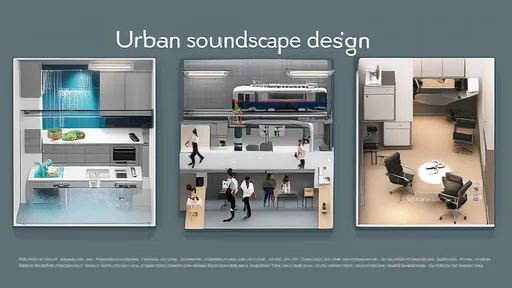
By /Aug 22, 2025
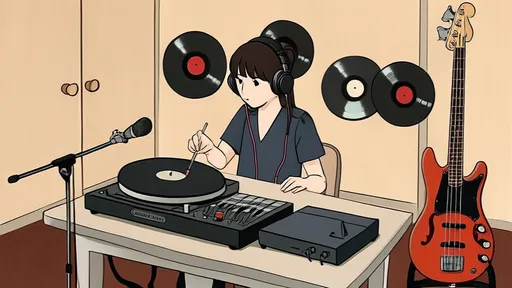
By /Aug 22, 2025
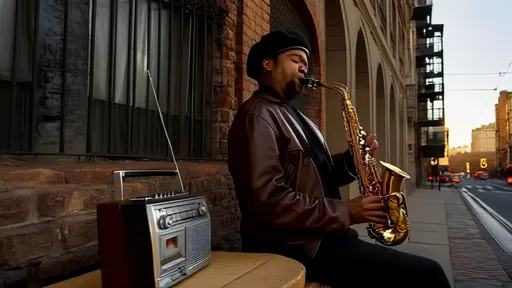
By /Aug 22, 2025
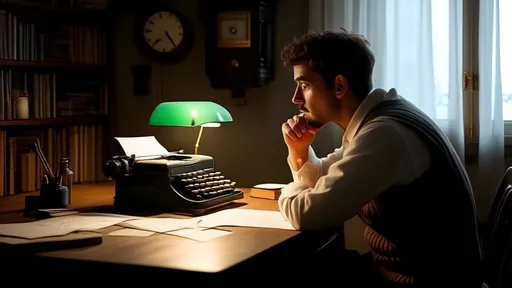
By /Aug 22, 2025
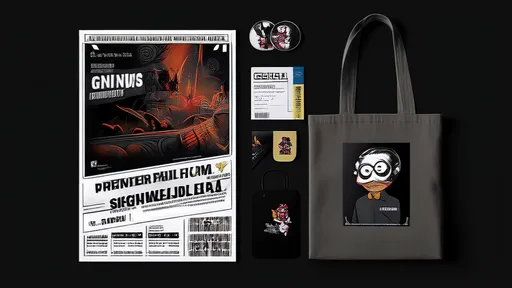
By /Aug 22, 2025
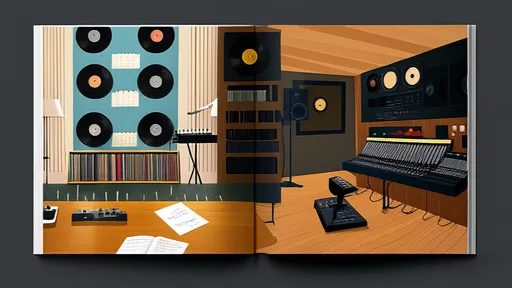
By /Aug 22, 2025
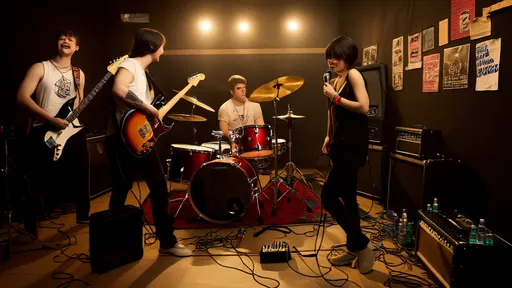
By /Aug 22, 2025

By /Aug 22, 2025

By /Aug 22, 2025
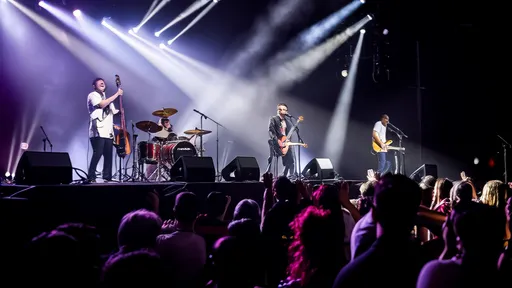
By /Aug 22, 2025

By /Aug 22, 2025
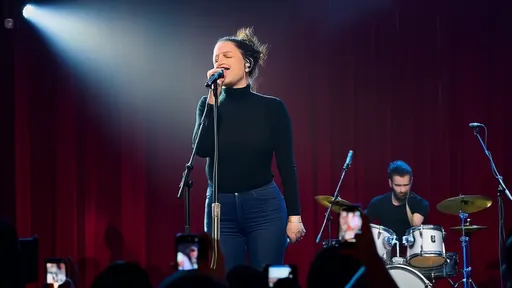
By /Aug 22, 2025
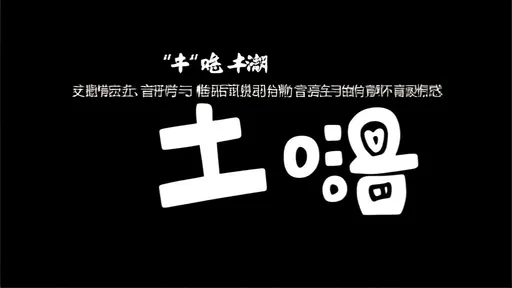
By /Aug 22, 2025
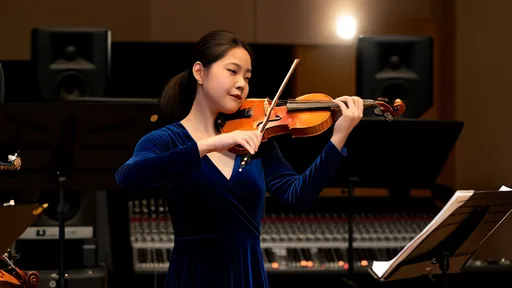
By /Aug 22, 2025

By /Aug 22, 2025

By /Aug 22, 2025
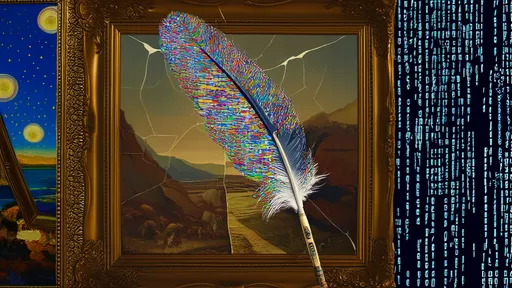
By /Aug 22, 2025

By /Aug 22, 2025
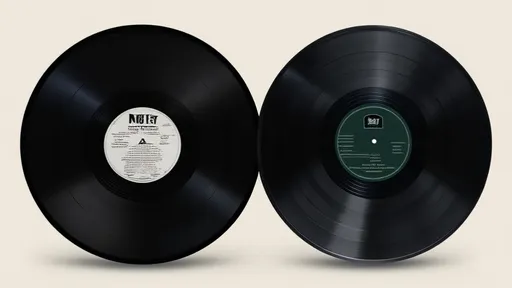
By /Aug 22, 2025
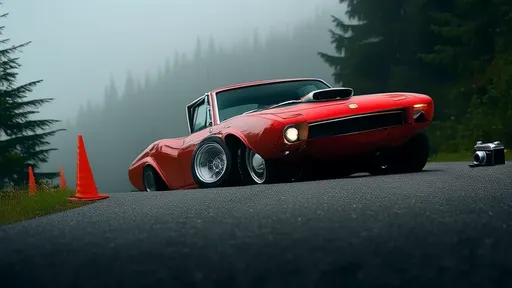
By /Aug 22, 2025